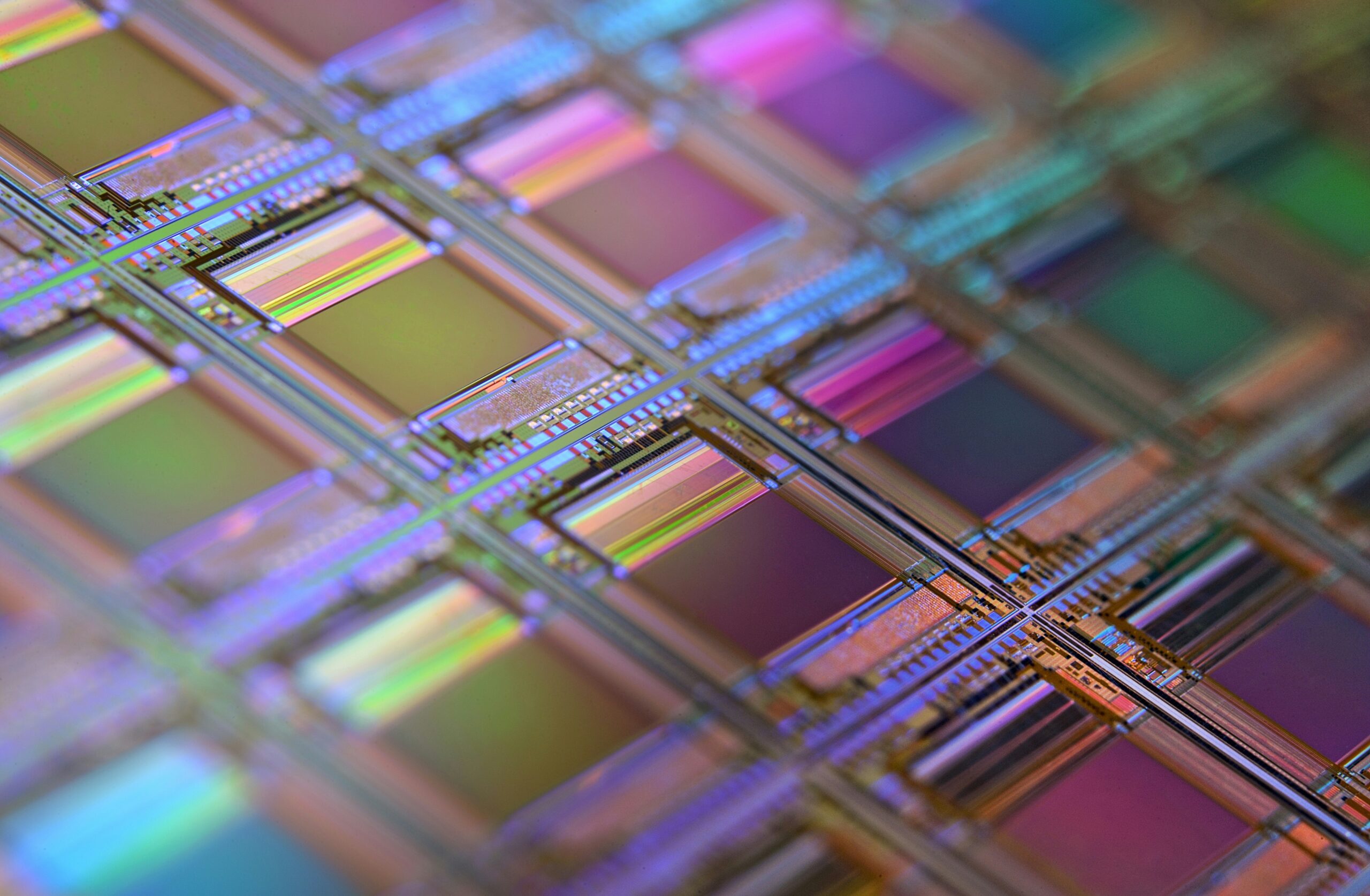Nvidia, a titan in the tech industry, recently showcased its latest advancements in artificial intelligence (AI) technology, marking a significant leap forward in computing power and efficiency. At the heart of this revelation is Nvidia’s new AI chip and the introduction of the “Eos” supercomputer, set to redefine the landscape of AI and cloud computing. These innovations not only underscore Nvidia’s commitment to pushing the boundaries of technology but also position the company as a formidable force in the global tech arena, challenging industry giants and reshaping the future of AI infrastructure.
The Core of Innovation: Nvidia’s New AI Chip and Supercomputers
Nvidia’s unveiling of its latest AI chip, alongside the Grace CPU Superchip and the H100 chip, represents a major stride in enhancing the computing speed for complex AI algorithms. The Grace CPU Superchip, based on Arm Ltd‘s technology, stands as Nvidia’s first Arm-based chip since its attempted acquisition of Arm fell through. This development is poised to intensify competition in the data center and cloud computing markets, challenging the dominance of traditional players like Intel and AMD.
Complementing the new AI chips, Nvidia’s announcement of the “Eos” supercomputer, touted to be the world’s fastest AI system upon its operation later this year, showcases the company’s ambition to lead in AI-driven innovation. The Eos supercomputer epitomizes the transformation of data centers into AI powerhouses, capable of processing vast amounts of data to extract valuable insights and intelligence.
Expanding Horizons: The DGX GH200 AI Supercomputer
In a parallel vein of innovation, Nvidia introduced the DGX GH200 AI Supercomputer, a new class of AI supercomputer integrating 256 Grace Hopper Superchips. This supercomputer boasts 1 exaflop of performance and 144 terabytes of shared memory, representing a nearly 500-fold increase in memory compared to its predecessor, the DGX A100 introduced in 2020. The DGX GH200 is designed to tackle the demands of generative AI language applications, recommender systems, and data analytics workloads, offering unparalleled scale, speed, and efficiency.
Industry Implications and Future Prospects
The implications of Nvidia’s latest innovations extend far beyond mere technological advancements. The new AI chip and the DGX GH200 AI Supercomputer are set to revolutionize the way AI models are trained, offering significant reductions in computing times from weeks to mere days. This acceleration opens up new possibilities in AI and machine learning applications across various sectors, from entertainment to healthcare and beyond.
Furthermore, the DGX GH200’s architecture, which eliminates the traditional CPU-to-GPU PCIe connection by integrating the Nvidia Grace™ CPU with the H100 Tensor Core GPU, enhances bandwidth and reduces power consumption. This architectural innovation, coupled with the supercomputer’s ability to function as a single GPU, simplifies the programming process while delivering the power of a vast AI supercomputer.

Conclusion
Nvidia’s latest unveilings not only reinforce its position as a leader in AI and computing technology but also herald a new era of AI infrastructure that is more powerful, efficient, and scalable. As the company continues to innovate and challenge the status quo, the broader tech industry stands on the cusp of a transformative period, with Nvidia leading the charge into the future of artificial intelligence. With its eyes set on expanding its influence in the data center and cloud computing markets, Nvidia is poised to drive forward the digital engines of the modern economy, making significant contributions to the advancement of AI and its applications across the globe.

